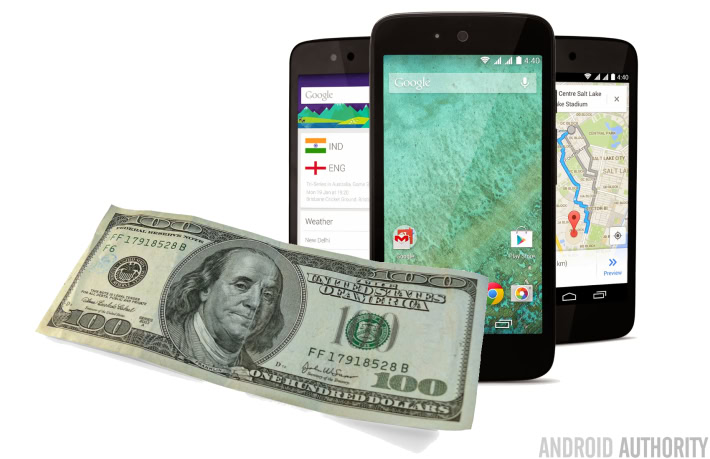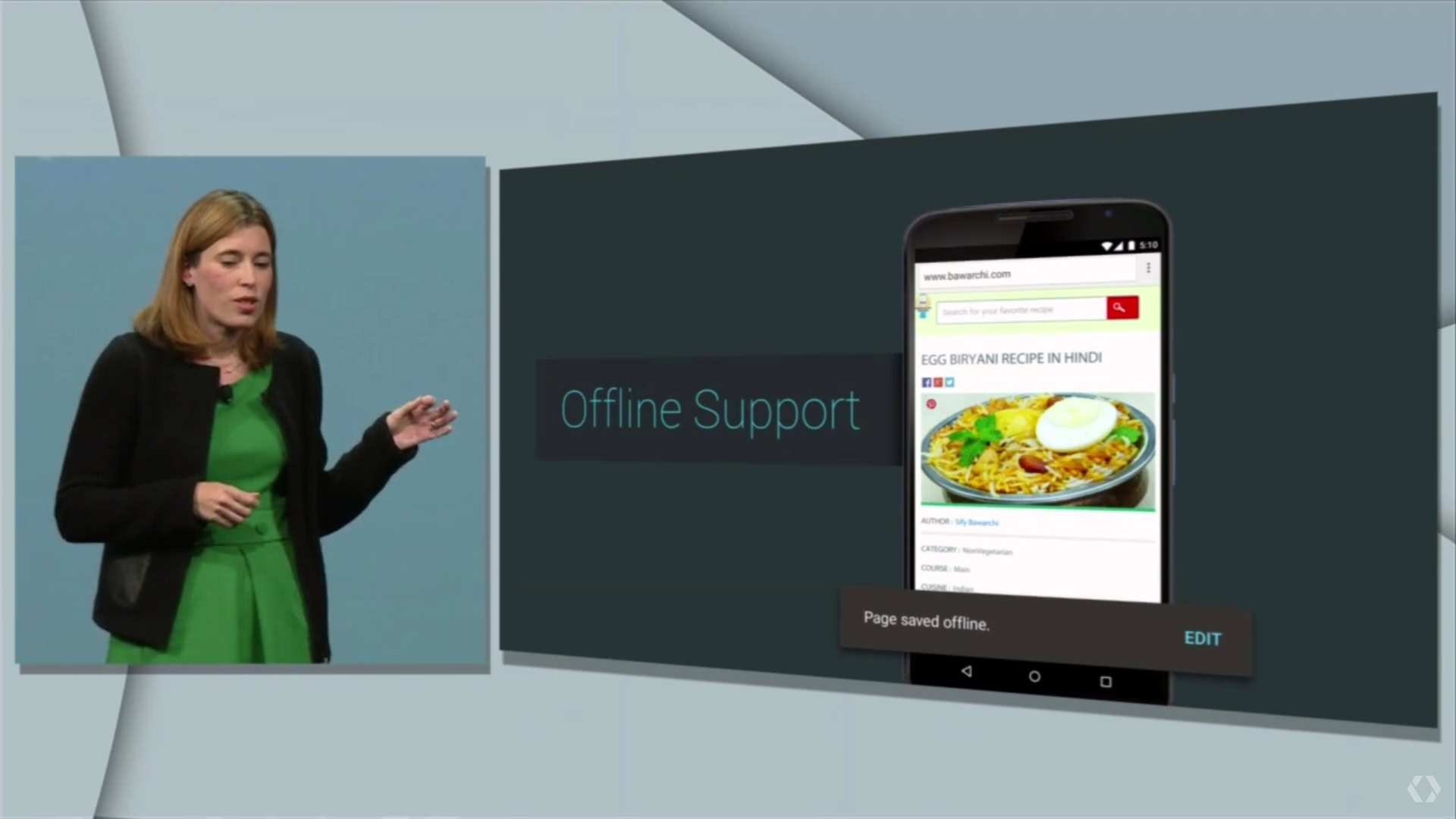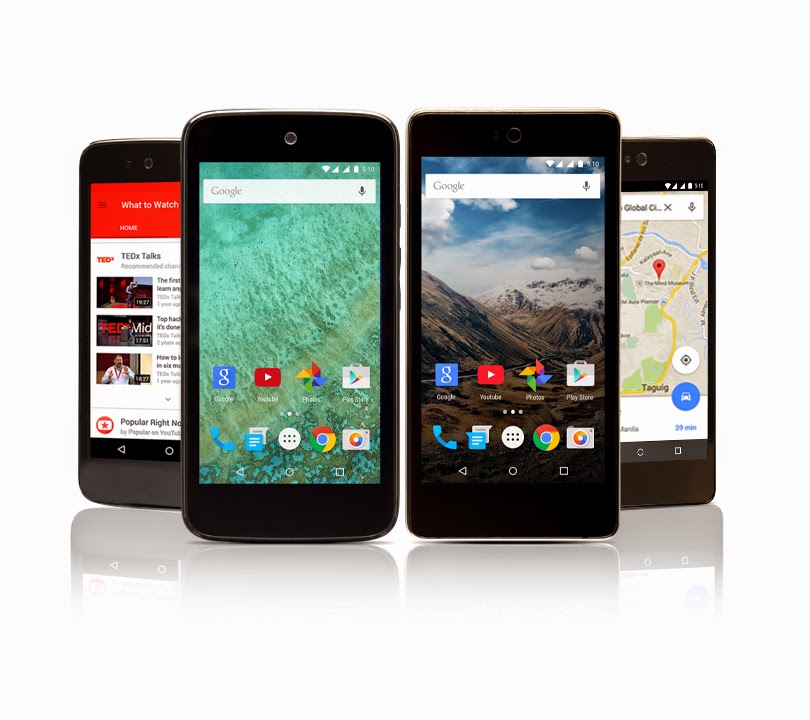Affiliate links on Android Authority may earn us a commission. Learn more.
Android One is struggling, but Google won't let it die
Published onJune 12, 2015

Google announced Android One at Google IO 2014 with the biggest hopes and dreams. This platform was to take over emerging markets with the promise of affordable smartphones with reliable service and an acceptable user experience. It was the platform for the next billion smartphone owners. Fast-forward to today and things are not looking as bright.
Though MediaTek predicted up to 2 million Android One sales in India last year, those numbers were quickly proven wrong by the end of 2014. To say that was an over-estimation is really an understatement. Even today, sales have struggled to reach even half that number, with under 800,000 Android One units roaming around India.

Why is Google keeping an unsuccessful project around?
While Android One continues to be a major move by Google, it is only part of a much larger idea. It is an important piece of the puzzle for getting the next billion smartphone users on board. Along with projects like Google Maps offline, YouTube offline and a focus on emerging markets with little data accessibility, Android One aims to be at the forefront of affordable devices.

The plan is to learn from their previous mistakes and bring forth a stronger wave of Android One devices to try and take on the world. They go on to focus on the fact that Google is not always playing the numbers game, and such may be the case with Android One. Their goal is to provide a good experience for the user and build a road that could later on lead to a brighter future.
Caesar Sengupta partially credits low availability from retail channels for the lackluster sales. Is this the case? I wouldn’t be so sure, to be honest. Let’s keep in mind that competition is fierce in this industry. There is a plethora of affordable smartphones out there, especially in markets like India, where over 1200 handsets were announced in 2014. There is no shortage of $100 phones!

The solution?
Are timely updates really enough to keep customers forking out money for Android One phones? We can’t say for sure, but we do know Android One devices are pretty limited, and that could also be a factor in this issue.
Meanwhile, Google stresses the fight is not over and we hope this is the case. They promise next-generation devices coming from almost 20 OEMs and state they will come in both low and mid-end price points. In fact, Caesar claims $100-$200 devices are growing faster than $70-$120 devices, as people who buy a second phone tend to go for more powerful options. Yet he does fail to address those next billion users who are not getting their first $70-$120 phones yet.
It seems Google needs to do more than just sell phones at more retail locations, wouldn’t you agree? Please do sound off in the comments!